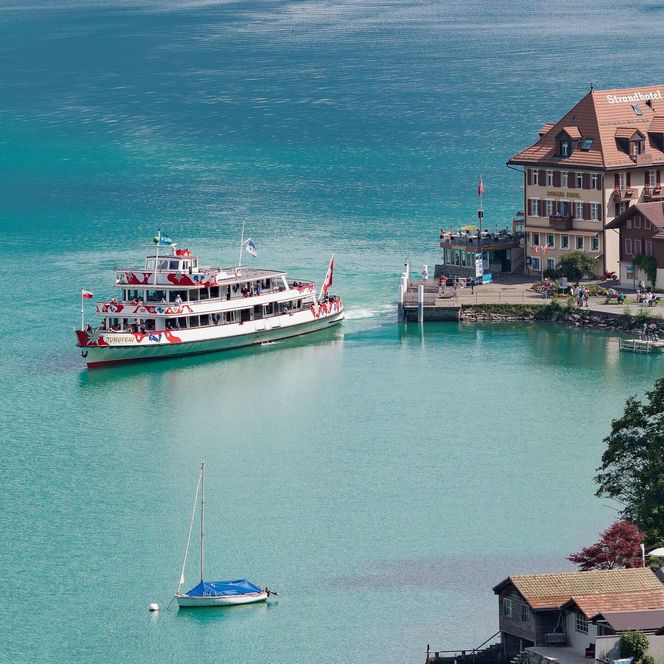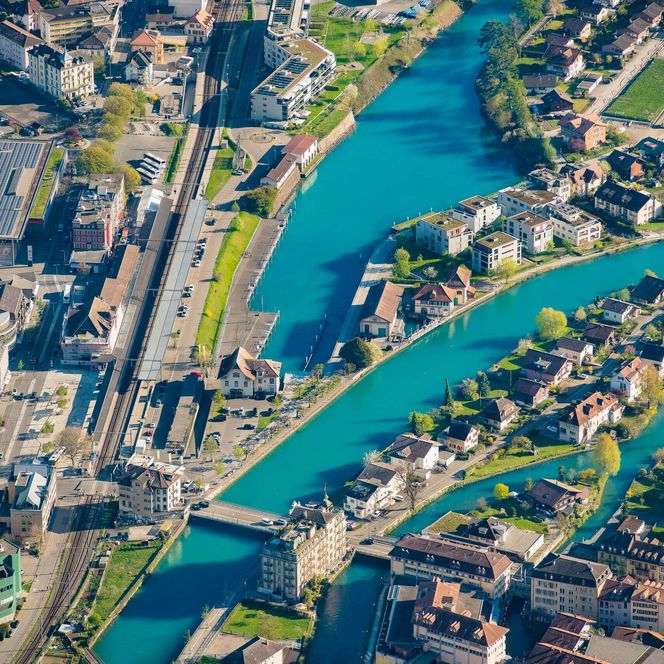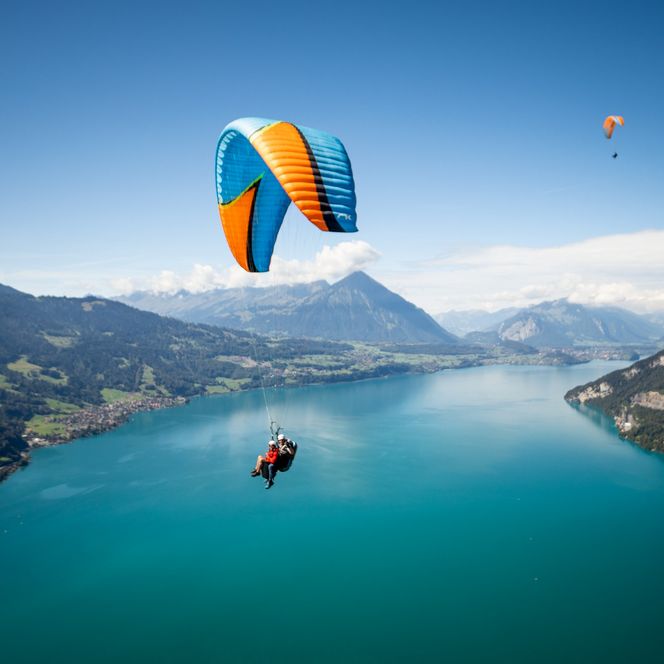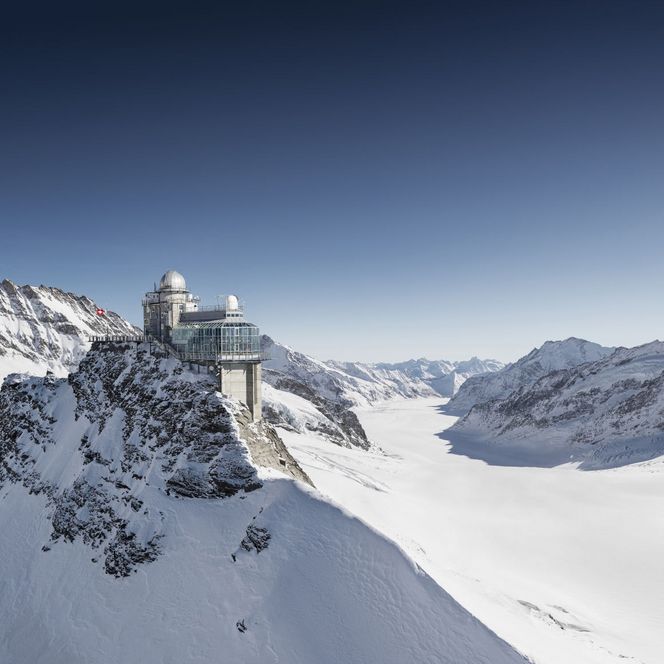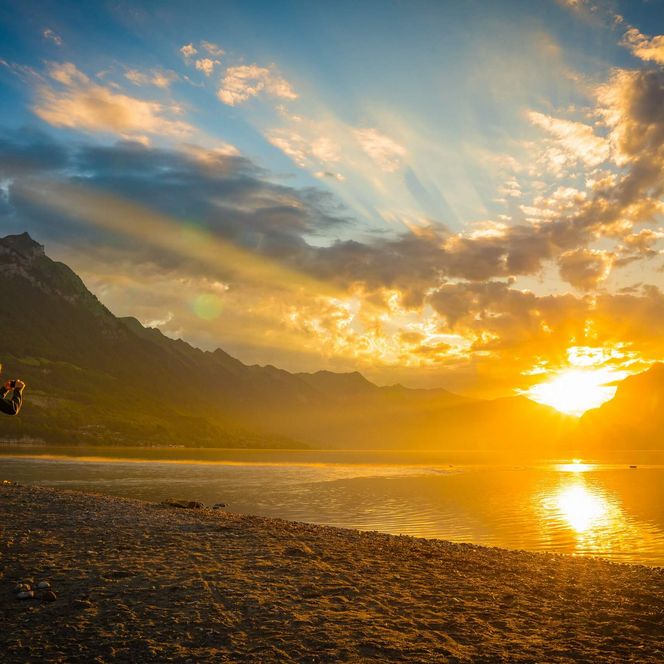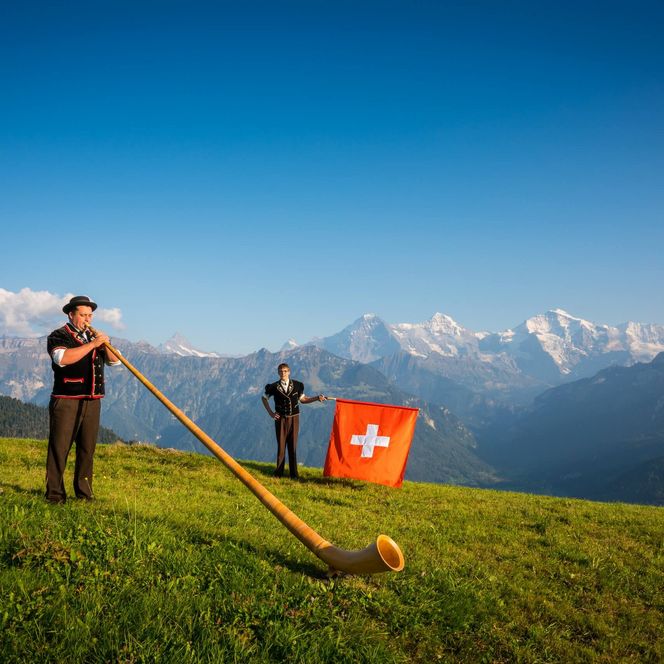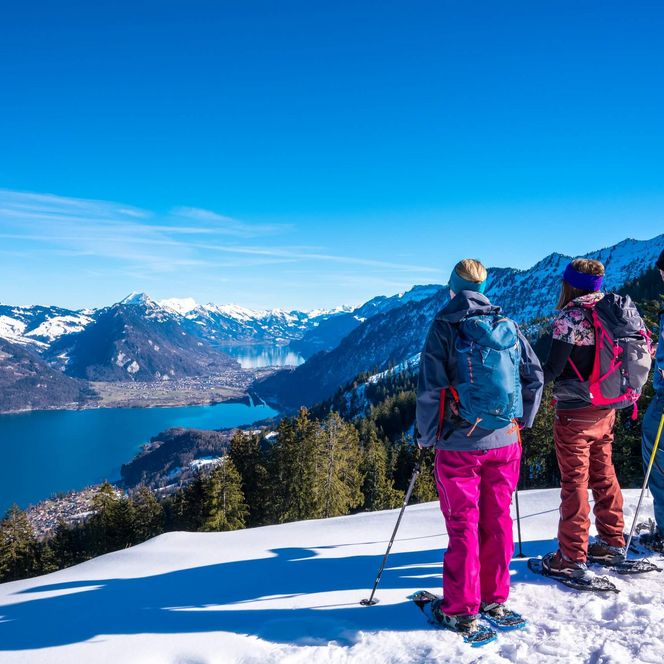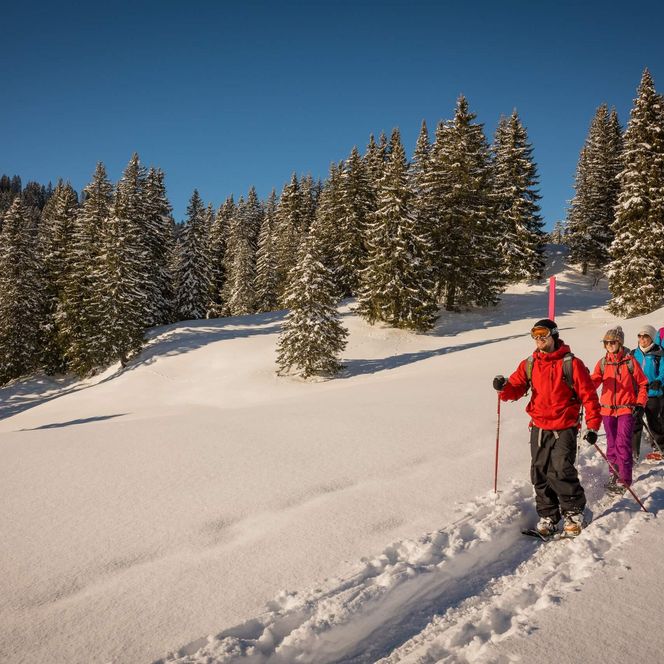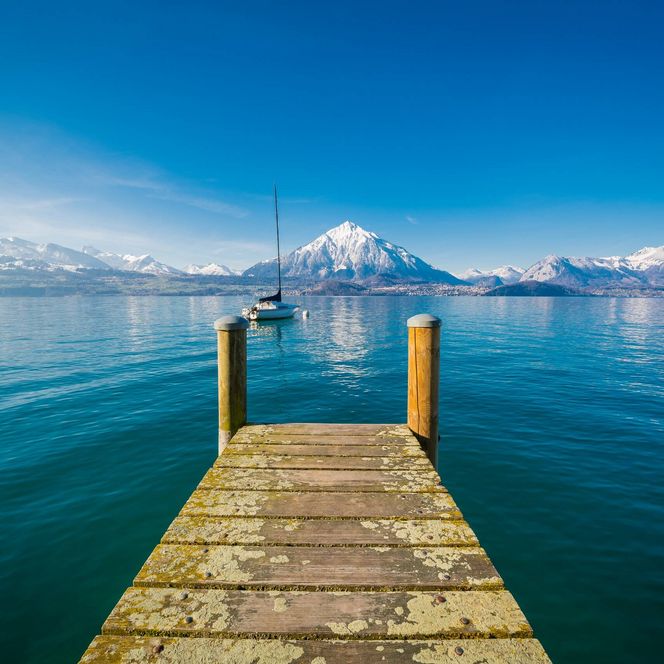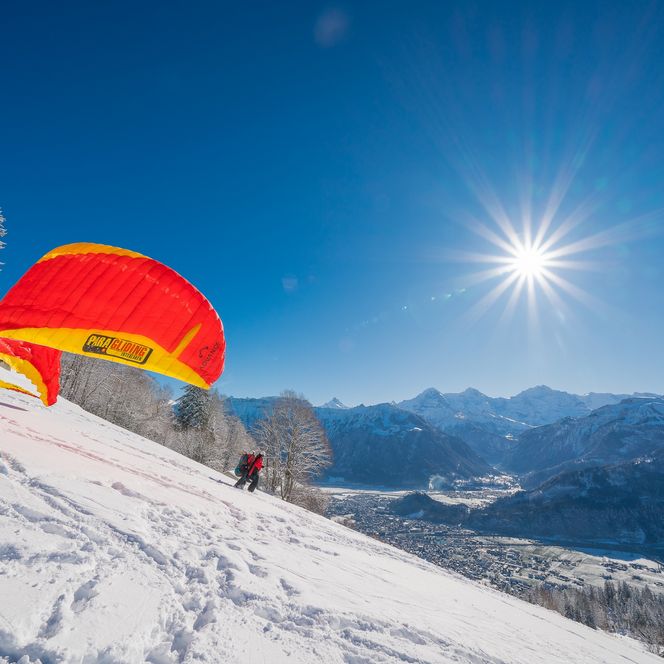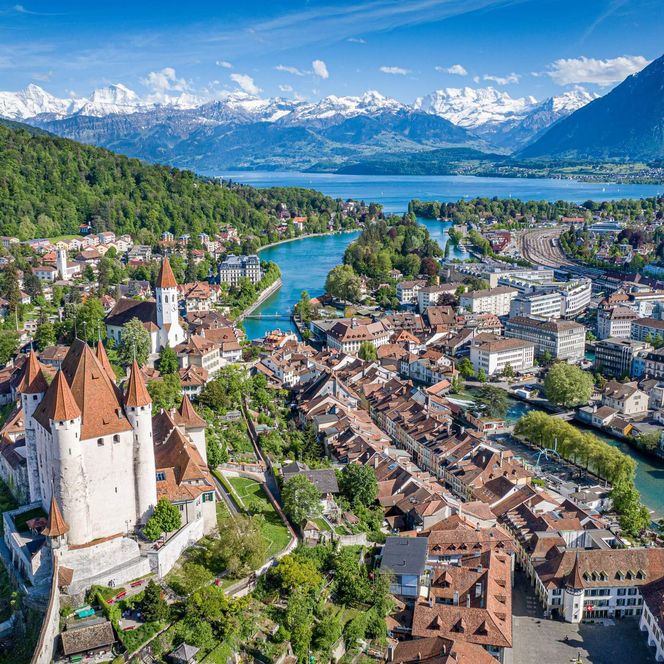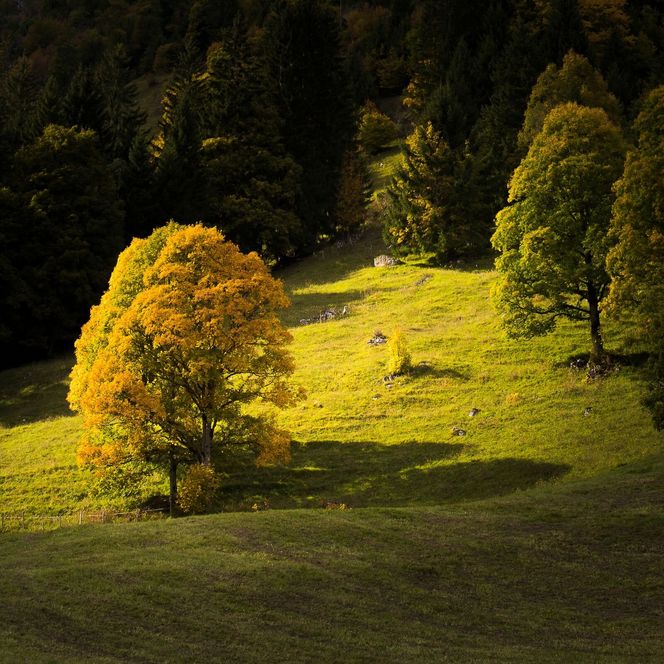Panoramic lake and mountain views
Enjoy holidays packed with variety around Interlaken, turquoise Lake Brienz, deep blue Lake Thun and the idyllic Diemtigtal Nature Park. In the Holiday Region Interlaken, memorably panoramic views of the majestic peaks of the Eiger, Mönch and Jungfrau unfold. Enjoy the magnificent blooms of spring, the adventures of summer, the colours of autumn and atmospheric winters in the heart of Switzerland.
